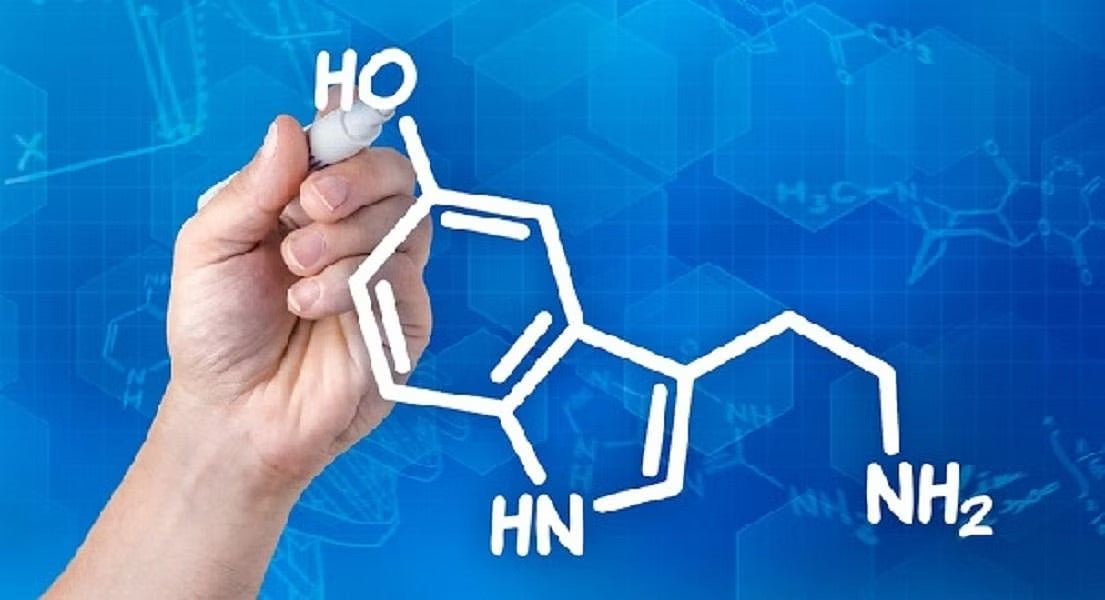Throughout a woman’s life, hormonal changes can often be reflected in the skin. Just as skin breakouts can commonly happen during puberty and pre-menstrually, and increased skin pigmentation can occur during pregnancy or with the oral contraceptive pill, fluctuating female hormones during the menopausal transition can affect the skin too, but in different ways. In this article we take a closer look at the impact of declining levels of oestrogen and progesterone on the skin - the largest organ in the body, and provide some gentle suggestions to feed and nourish this vital protective organ during the menopausal time.
Menopausal transition
Menopause signals the end of a woman’s reproductive years, typically defined when menstrual cycles have stopped for at least 12 months. Perimenopause is the time leading up to menopause, this is when ovarian function starts to decline and hormone levels start to fluctuate. The time frame of this can be different for every woman; for some, perimenopause may last for a few months, yet for others it can continue for many years. As the body navigates its way through this transition, a range of signs and symptoms may start to emerge, and changes in skin tone and appearance are among those commonly reported. And there are underlying physiological reasons for this. As ovarian function starts to decline so does the production of progesterone and oestrogens, both of which are intricately involved in skin health.
Oestrogen, progesterone & skin health
Oestrogen is actually a word used to collectively describe a group of hormones with diverse and complex functions including important roles in skin health. Skin is an important target organ of hormones. Oestrogens affect skin thickness, moisture, wound healing, structural integrity, elasticity and even help to defend this important protective barrier against oxidative stress.
Oestrogens increase the production of glycosaminoglycans (GAGs) such as hyaluronic acid. GAGs are water-binding molecules that hold nearly 1000 times their own weight and thus have an important role to play in helping to keep skin hydrated. GAGs are also involved in supporting the skin’s structural integrity; they provide essential support for collagen and elastin – the most important structural proteins in the skin. Oestrogens stimulate the production of collagen too. Less is known about the impact of progesterone on the skin, however it is certainly involved in collagen production. The word collagen is derived from the Greek word ‘kolla’ which literally means glue. Collagen is often described as the glue that holds skin together.
With so many different roles in skin health it is no surprise then that the hormonal changes during the menopausal transition are often reflected in the skin. Declining hormone production may contribute to a decrease in collagen, increased dryness, decreased elasticity, increased wrinkling and a reduction in skin thickness. And since there is associated reduced protection against oxidative stress - skin may be more prone to damage from external factors such as UV rays and air pollution during this time.
Understanding leads to effective action
Whilst this may seem a fairly depressing read so far, there’s immense value in understanding why and how skin changes during the menopause, because this in turn helps to increase understanding on how best to feed and nourish the skin’s unique needs during this time.
Top 5 tips to feed and nourish the skin during the menopausal transition:
1. Collagen
This has to be top of the list, since declining hormone levels impact the production of collagen – one of the most important structural proteins in the skin. You can take collagen in supplement form to help provide the body with the raw ingredients needed to produce it. This is best supplied in the form of collagen hydrolysate; a form of collagen that has been broken down into peptide fragments. Collagen hydrolysates are considered to be able to cross the intestinal barrier, reach the circulation and therefore become available for metabolic processes.
2. Vitamin C
Perhaps best known for its immune-supportive functions, vitamin C is essential for collagen and elastin production too. We can’t make vitamin C and only have a very limited capacity to store it, so it must be supplied regularly by the diet. Historically, sailors learnt this the hard way when scurvy (a devastating connective tissue disease caused by vitamin C deficiency) was a prevalent feature of life at sea due to lack of regular access to fresh vitamin C-rich foods for months on end. Regular consumption of vitamin C ensures the body has adequate supplies of this essential ingredient for collagen and elastin production. Rich sources include fresh citrus fruits, bell peppers, broccoli, strawberries, papaya & pineapple. Vitamin C has strong antioxidant activity too which helps to reinforce the skin’s defence against external damage.
3. Phytoestrogens
Phytoestrogens are ‘plant’ oestrogens that can be consumed in the diet. They bind to oestrogen receptors and have weaker ‘oestrogenic’ activity in the body. As the body’s own production of oestrogen declines naturally, phytoestrogens may be a helpful support. In a 2020 review article published in Phytotherapy Research, on the anti-ageing effects of phytoestrogens, the researchers explained, “phytoestrogens exert an anti‐aging effect on the skin via estrogen receptors, they increase the collagen content, the production of hyaluronic acid, and extracellular matrix proteins. Phytoestrogens show protection against oxidative stress.”1 Phytoestrogens are found in flaxseeds, legumes (chickpeas, kidney beans, lentils, lima beans), sprouting seeds (alfalfa, soybean) and natural fermented forms of soy such as tofu, miso and tempeh. They can also be taken in supplement form; extracts from red clover, soy and hops are rich in phytoestrogens.
4. Antioxidant defence
It is always vital to pay attention to your body’s internal antioxidant systems, and especially during the menopausal transition when the skin’s protective mechanisms may be less robust. Glutathione is often referred to as the body’s ‘master antioxidant’ and is a powerhouse when it comes to protecting against oxidative stress. Glutathione is naturally produced inside your body and can also be taken in supplement form. It works well with milk thistle, green tea, turmeric, alpha lipoic acid and selenium.
5. Omega-3 fats
A subcutaneous layer of fat cells sits underneath the dermis (the middle layer of skin), and this adds extra cushioning, protection and helps to support hydration. It’s the range of beneficial fats in your diet that will feed this layer, hence why low fat diets are bad news for your skin, especially during the menopause. Omega-3 fats are found in nuts, seeds and oily fish such as salmon, mackerel and herring, and are often lacking in a typical Western diet. You can take a daily omega-3 fish oil supplement to ensure you are regularly getting enough of these nourishing fats to support this important part of your skin.
Blog provided by Nutri Advanced.



